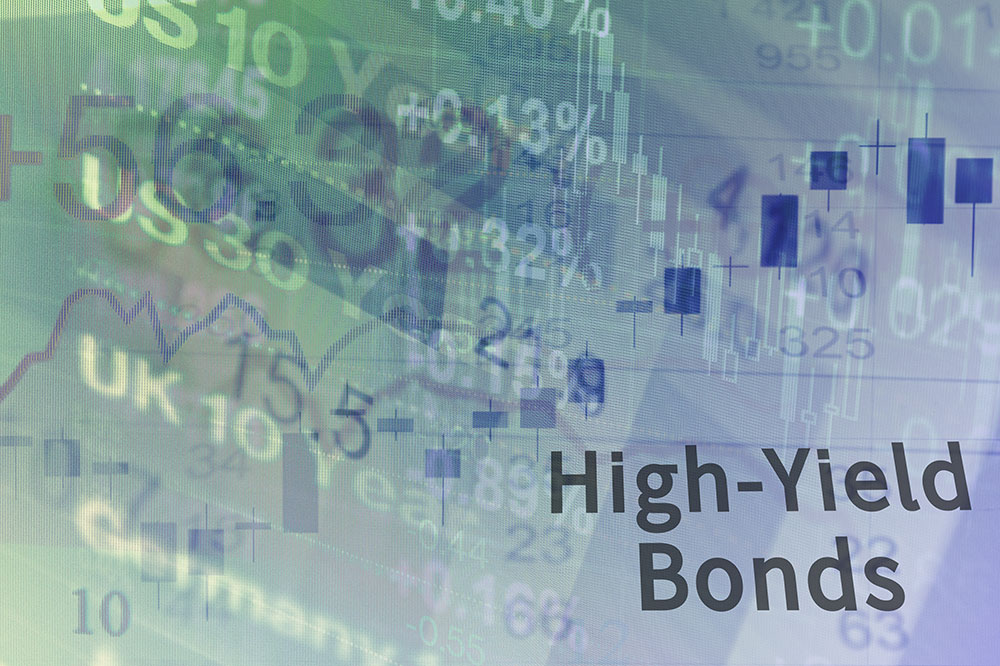
6 disadvantages of high-yield bonds
Although considered rewarding, high-yield bonds or junk bonds do not necessarily deserve the reputation that has stuck to them for decades. The addition of high-yield bonds can indeed lower your total portfolio risk when looked at from the accord of asset allocation and diversification. However, they have a flip side too, and every investor should have a risk appetite.
So, if you are risk-averse, you must know about some cons associated with high-yield bonds before investing in them. Here are six disadvantages. Read these carefully to avoid losing your capital or getting into financial problems in the future.
High default rates
As is apparent, high-yield bonds are pretty risky over investment-grade bonds. There is a high chance of the company going bankrupt, primarily in times of economic stress. So, naturally, during a bankruptcy, the bonds will be valueless. However, the upside is during liquidation; the bond payout is given greater prominence over the stock. So, even when the bond defaults, your chances of getting your money back are higher than the regular stockholder, provided the company has sufficient funds to pay out the bondholders.
High volatility
Factually speaking, high-yield bonds are a lot more volatile than investment-grade bonds. For example, in 2008, as an asset class, these volatile junk bonds lost approximately 26.17 percent of their value in a single year. On the other hand, from 1980 to 2020, investors with a diversified portfolio comprising investment-grade bonds, including government and corporate bonds, did not lose more than three percent in 12 months. So, the volatility of the high-yield bonds is much closer to the stock market than the relatively safer investment-grade bonds.
First ones to be hit during a recession
Historically, high-yield bonds are the worst hit during a recession. Even though investment-grade bonds might see a surge in value as a means to lure investors during the recession, the ones already providing high-yield bonds cannot do this. Consequently, they start failing as other bond opportunities appear more lucrative to investors. It implies that almost every high-yield bond, unless they are a part of the recession-resistant industry, has a greater-than-average risk of becoming valueless during a recession.
The price declines because of credit rating
Just as the junk bond price can surge with an improvement in credit rating, the opposite is also true. When the credit rating drops, the bond price will see a decline. So, before putting your money in junk bonds, you may want to examine the companies thoroughly and pick those at a reduced risk of suffering a decline in the credit rating by any one of the significant credit rating bureaus.
Interest rates influence prices
This is true for typically every kind of bond as they all show a price sensitivity to interest rates. Hence, when there is a rise in the interest rate, the present bond will lose a part of its value. However, the reverse is also true.
Not very fluid
There is a certain stigma associated with high-yield bonds or junk bonds. Typically, traditional investors keep themselves away from such bonds because selling your high-yield bond is much more challenging than selling any traditional investment-grade bond. Hence, for investors seeking a fluid and easy-to-sell bond, high-yield bonds might not be the perfect pick.
So, these are some cons associated with high-yield bonds. An investment that has a greater risk can indeed bring you greater returns, but the high risk might also make your investment valueless. So, study well. Research the market and find out which bonds have a relatively lower risk. This may take you some time, but it is better not to hurry. And remember, take calculated risks!




